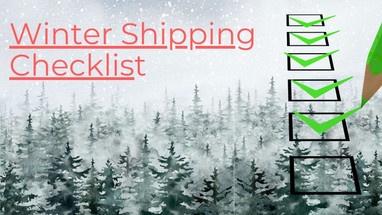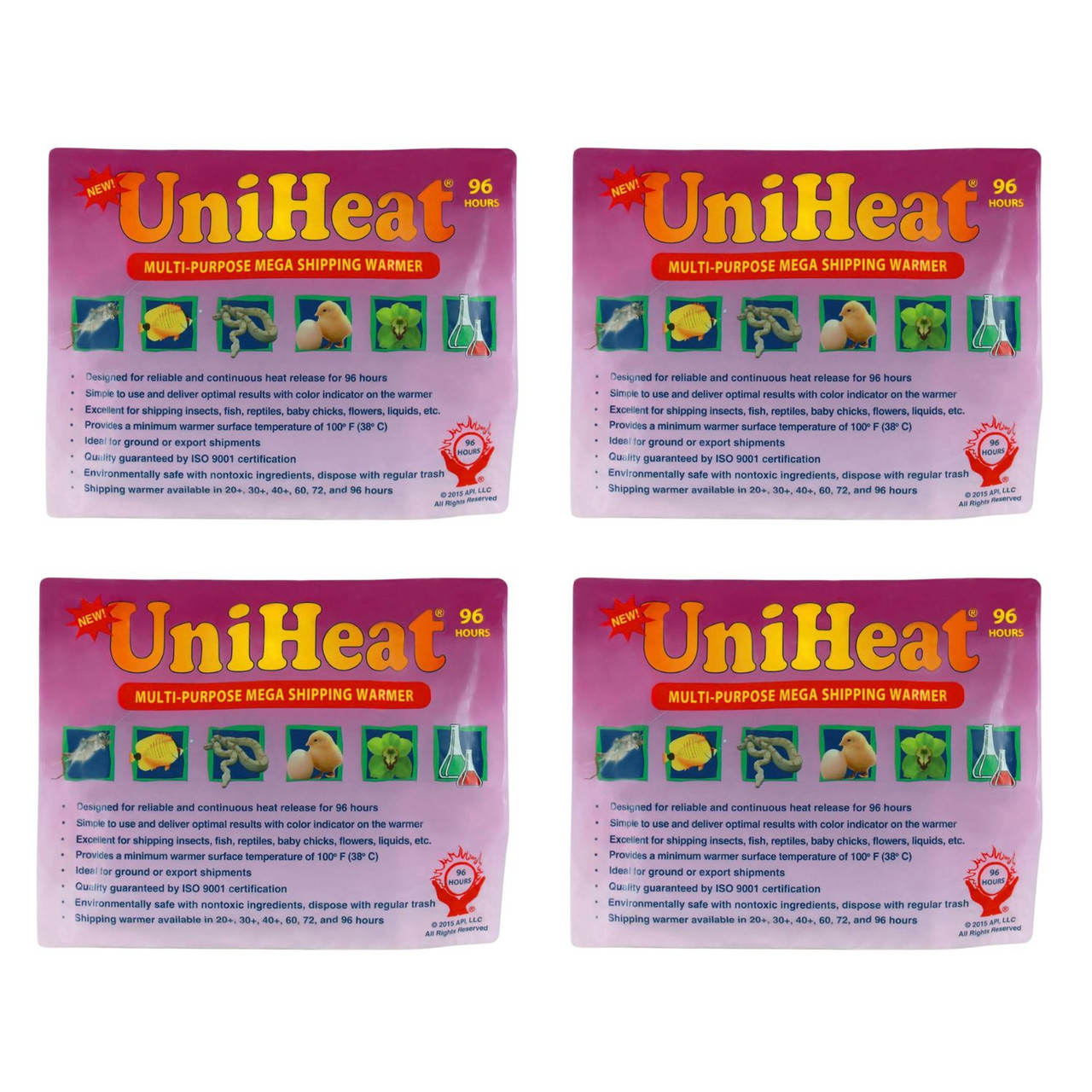Posted by UniHeat, Your Shipping Warmer Experts on 15th Sep 2025
Winter Shipping Checklist for Small Businesses
Cold weather can create serious challenges for small businesses shipping live animals, plants, or perishables. Freezing temperatures may damage products, delay deliveries, and upset customers if packages arrive in poor condition. With a little planning, however, you can protect your shipments and keep your operations running smoothly all winter long.
1. Choose the Right Insulation
Insulation is your first line of defense against winter cold. Invest in sturdy insulated boxes, thermal liners, or Styrofoam inserts to maintain a stable internal temperature during transit. For delicate items, double-boxing with cushioning between layers provides extra protection.
2. Use UniHeat Shipping Warmers
Adding UniHeat warmers ensures your package maintains a safe temperature even in harsh conditions. Choose the right duration pack—40, 72, or 96 hours—based on the distance and expected transit time. Always activate heat packs 30–60 minutes before shipping to guarantee consistent warmth.
3. Secure Proper Packaging Materials
Bubble wrap, kraft paper, and air pillows help prevent cold air pockets inside your box. Make sure fragile or perishable products are cushioned and that heat packs are positioned to allow proper airflow. Avoid sealing heat packs in airtight containers, as they require oxygen to function correctly.
4. Check Transit Times and Carrier Delays
Winter storms often cause unexpected delays. Plan your shipments earlier in the week to avoid weekend holdovers. Stay in touch with carriers and monitor weather advisories to adjust shipping schedules when needed.
5. Label Clearly and Communicate with Customers
Mark boxes with “Perishable” or “Live Animal” labels when applicable. Include handling instructions inside and outside the package. Keep your customers informed with tracking numbers and proactive updates so they know when to expect their delivery.
Final Thoughts
Winter shipping doesn’t have to be stressful. By following this checklist—choosing the right insulation, using UniHeat warmers, securing reliable packaging, planning around weather, and keeping communication clear—you can deliver safely all season long.
Recommended UniHeat Warmers
If you’re preparing for cold-weather shipping, consider the following options to match your needs:
Frequently Asked Questions
1) How early should I activate UniHeat packs before shipping?
Activate warmers 30–60 minutes before packing to ensure they reach a steady operating temperature. Gently shake to start, then allow exposure to air.
2) Do heat packs need air to work?
Yes. UniHeat warmers are air-activated. Do not seal them in airtight bags or wrap them so tightly that airflow is restricted. Leave small vents in insulated boxes.
3) How do I choose between 40, 72, and 96 hour warmers?
Match duration to transit time and climate: 40 hr for overnight/short routes, 72 hr for 2–3 day cross-country, and 96 hr for long-haul or extreme cold.
4) Where should I place the warmer inside the box?
Place the warmer near (not touching) temperature-sensitive items with a breathable barrier (e.g., cardboard sleeve). Allow air space for even heat distribution.
5) Can I use heat packs with live animals, plants, or food?
Yes—UniHeat is commonly used for small pets, tropical fish, plants, and perishables. Do not place directly on animals or produce; keep a buffer and airflow.
6) What if carriers face winter delays?
Ship early in the week, pad the duration (e.g., choose 72 hr instead of 40 hr), and monitor tracking. Avoid weekend holdovers whenever possible.
7) Should I add extra insulation in severe cold?
Yes. Combine insulated liners/foam with the correct warmer. Avoid over-packing; the warmer still needs oxygen to maintain heat.
8) How many warmers should I use per box?
For small/insulated boxes, one is often enough. Larger volumes, very cold routes, or longer transits may benefit from two placed on opposite sides.




